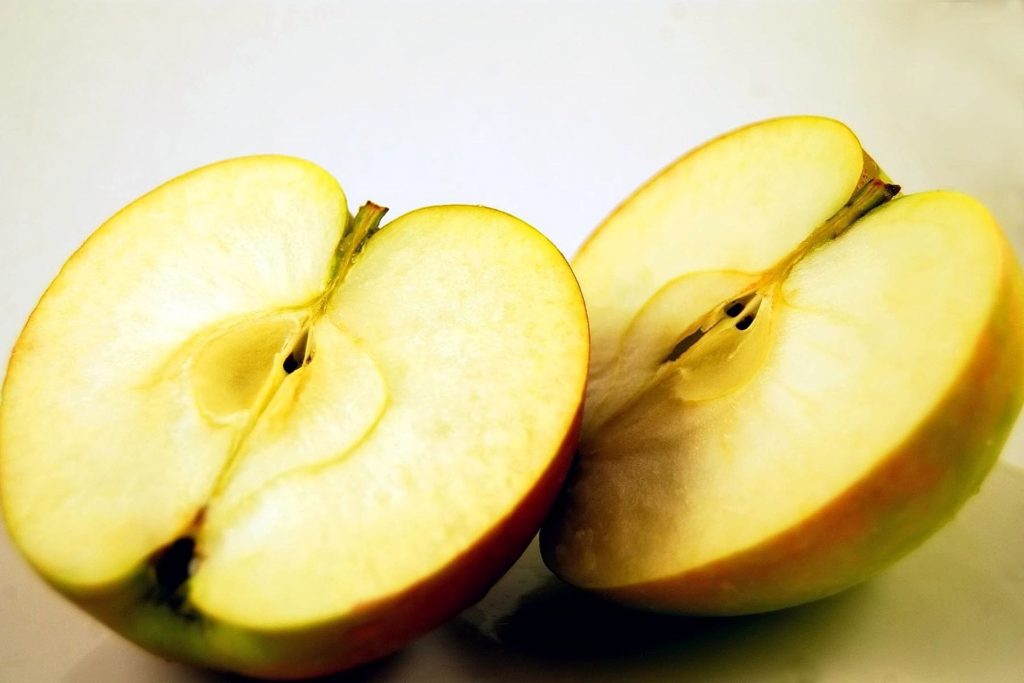
Have you ever wondered why apples turn brown as soon as you slice them open? In science, this undesirable change in apples is called enzymatic browning. Enzymatic browning is an oxidation reaction in foods that turns them color brown. And yup— oxygen. This phenomenon affects mostly fruits and vegetables (this occurs in some seafood too!)
Anyway, how does exactly enzymatic browning happen in apples?
Keep reading.
APPLES AND ENZYMATIC BROWNING
When you slice an apple, you are exposing its flesh or the tissues to oxygen. As we already know, cells have different kinds of enzymes. For starters, enzymes are proteins that speed up chemical reactions. One particular enzyme that is present in apples is polyphenol oxidase (PPO). Whenever it can, it interacts and catalyzes polyphenols or phenolic compounds in the tissues. Polyphenols are organic compounds that contain one or more hydroxyl group (-OH) bonded directly to a hydrocarbon ring (C6H5).
Normally, PPO enzyme is trapped within the chloroplast of the fruit while the polyphenols are separated and contained in other tissues. So PPO and polyphenols do not normally touch or interact with each other. Slicing the apple or taking a bite on it damage the cells, bringing these two together. Furthermore, the sliced or bitten part becomes exposed to oxygen, initiating an oxidation reaction that turns the damaged part to turn brown. Here’s how:
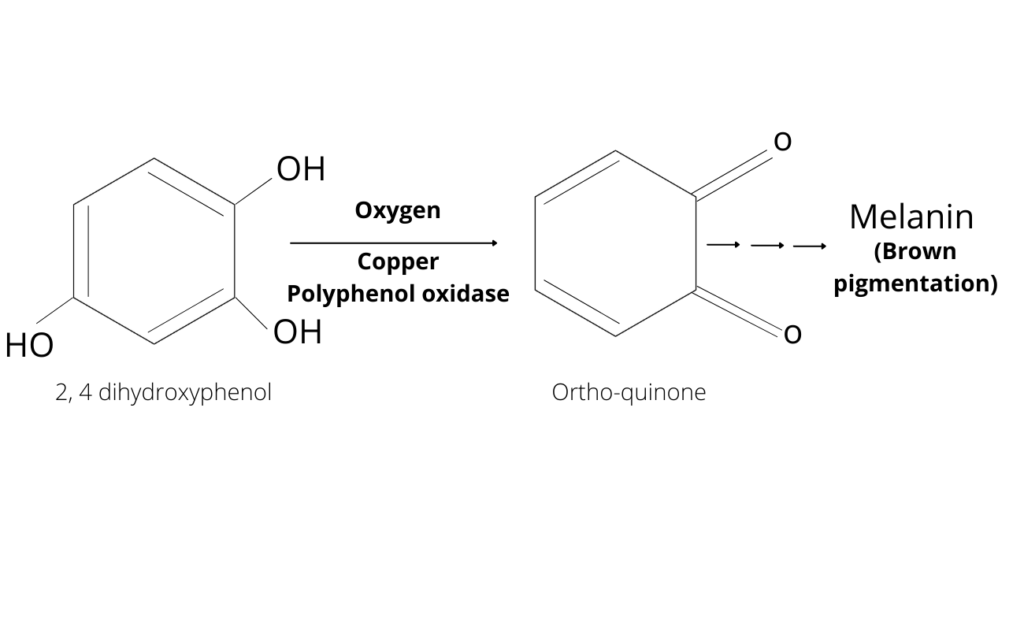
When the PPO enzyme interacts with phenols and oxygen, a compound called 1,2-Benzoquinone(or simple o-quinone) forms. O-quinones are precursors to color brown secondary products. These quinones are highly reactive. Each quinone molecule reacts and connects to form larger molecules via polymerization. This series of reactions eventually leads to the formation of melanin, the pigment responsible for the browning in apples.
And if you are wondering, yes— fruits and vegetables produce the same pigments that dictate our hair and skin color. Plants produce melanin as a way to fight infection. This is the reason why slicing a rotting apple gives you brown flesh inside.
EASY METHODS OF SLOWING DOWN ENZYMATIC BROWNING IN APPLES
Aside from the unappetizing discoloration, enzymatic browning also negatively affects the taste, texture, and the nutritional value. But no worries, though. Here are several science-proven ways that you can do at home to minimize browning.
Controlling the pH level
One way to slow down browning in apples is by lowering the pH, the acidity of basicity of a substance. Enzymes in plants such as polyphenol oxidase have an optimum pH of 6.5 to 7.0. A low pH level of 4.0 or lower inhibits the activity of polyphenol oxidase. Simply add acid such as ascorbic acid, citric acid, or even vinegar to increase the acidity. Soaking for 3 to 5 minutes in 1 cup of water mixed with 1 tablespoon of lemon juice and then rinsing will keep the apples from browning for several hours.
Application of heat
This one is tricky because it may affect the texture of the fruit if not done correctly. Treating apples with elevated temperature shuts down enzyme activity. One common treatment in vegetables and some fruits such as pears and apples is blanching. In this method, the produce is heated for a short period of time. Then, it is washed with cold water to quickly lower the temperature. Prior to freezing, blanching fruits and vegetables minimizes losses in flavor, color, taste, and nutrients.
You might also like: French Fries And The Science Behind
Oxygen removal
Like we already know, browning in apples is an oxidation reaction. So removing oxygen in the process helps minimize browning. Most chefs soak apple slices (and potato slices) in water before cooking. Doing so prevents air or oxygen from getting in contact with the apple slices, and therefore slows down oxidation and browning.
Enzymatic browning may sound like a bad thing. But it is not always the case. In fact, oxidation reaction and enzymatic browning are responsible for the flavor and color development in some foods such as tea, coffee, and cocoa.
Did you like this article? Or perhaps you have another way of controlling browning in apples? Either way, leave a comment down below 🙂
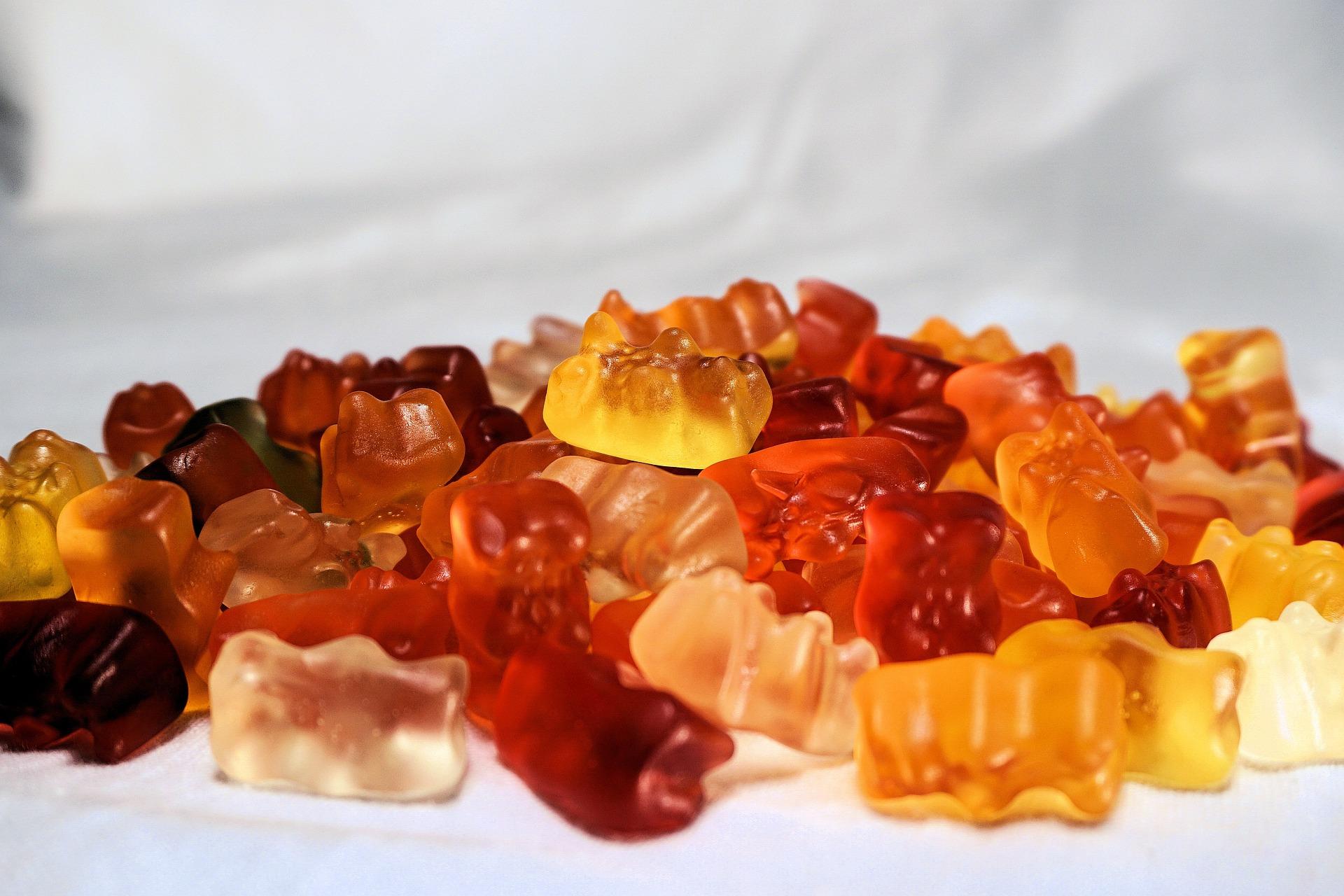
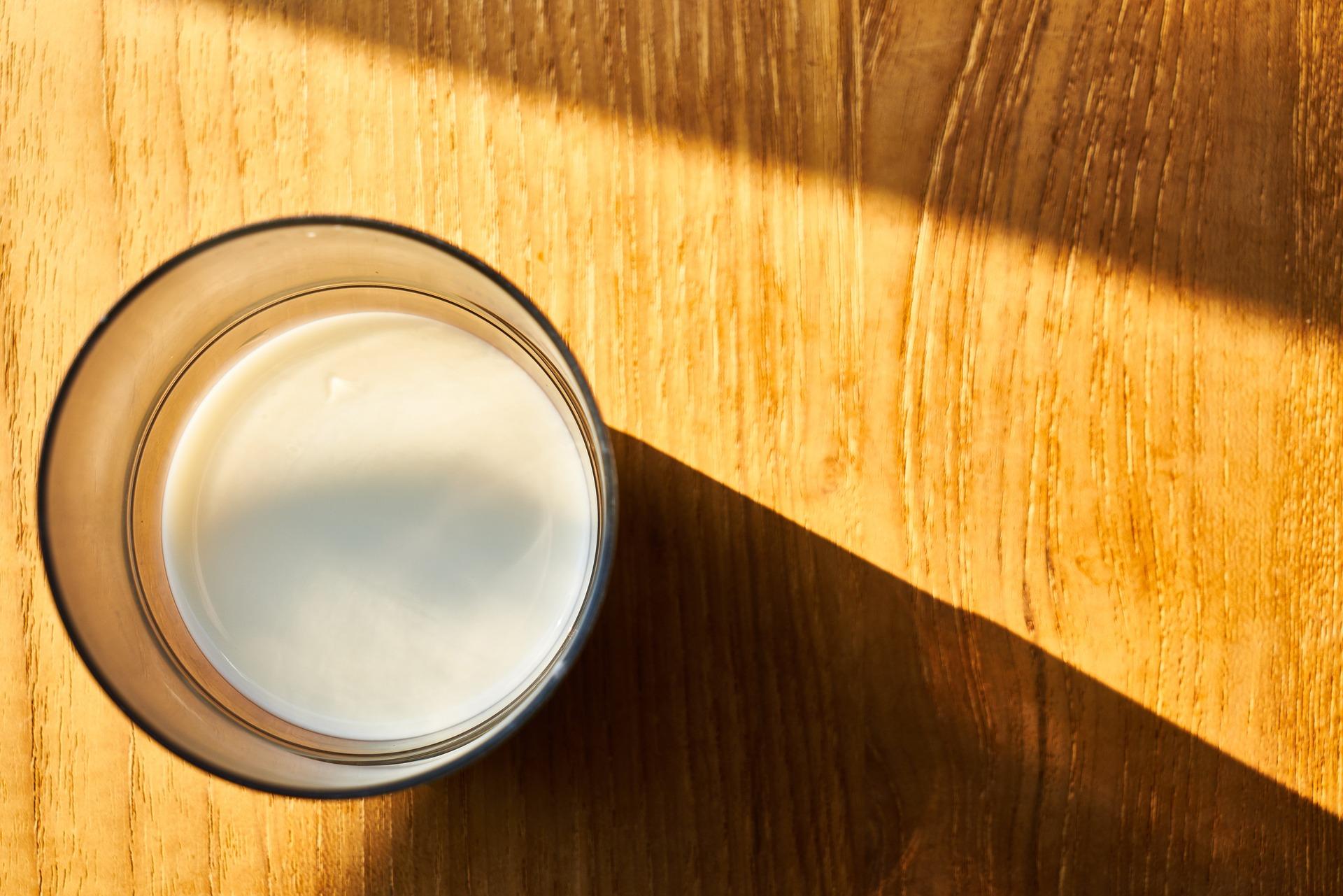
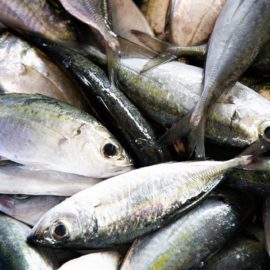
Very good article as I got important facts about enzymatic browning
Thank you 🙂